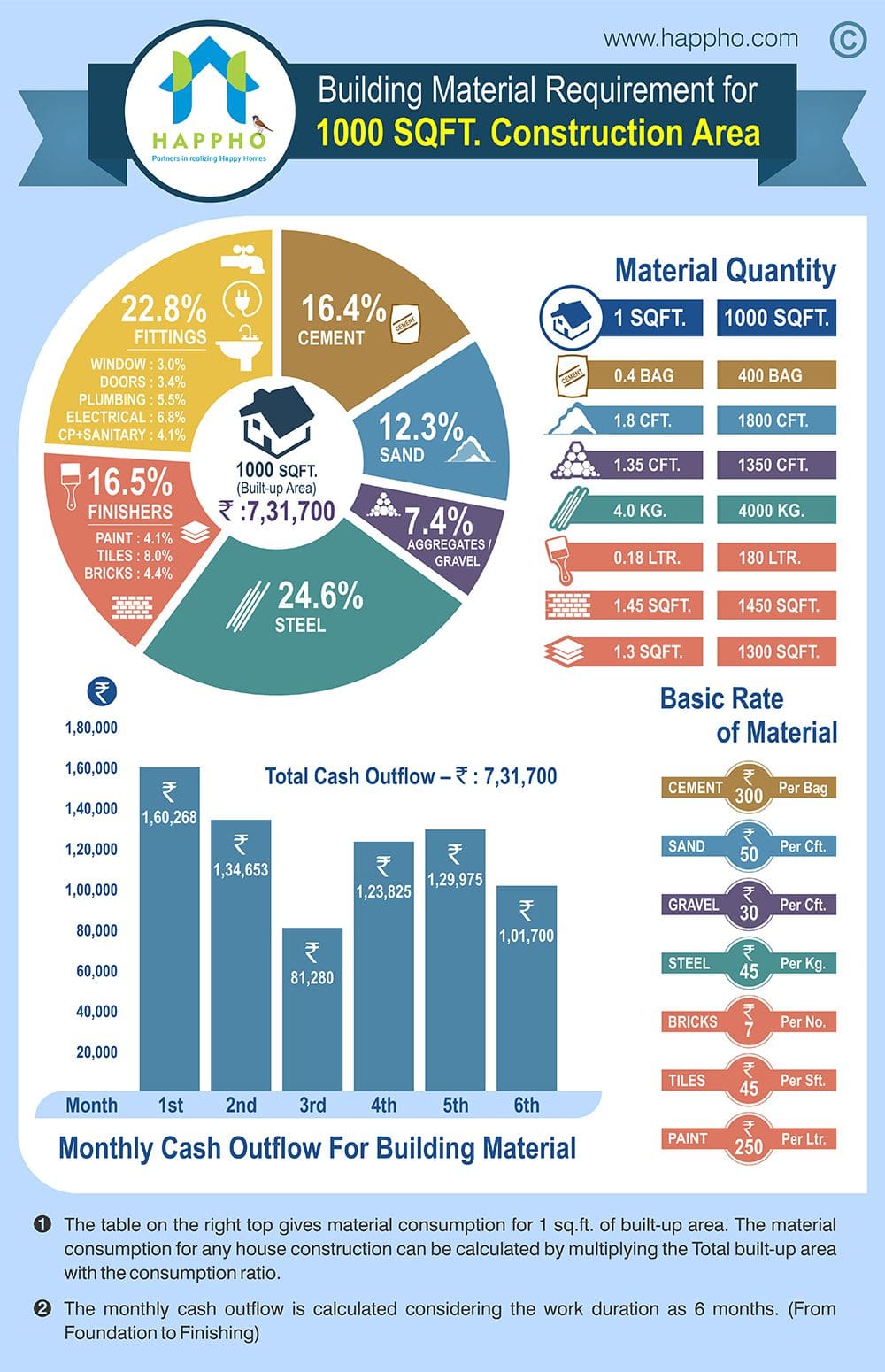Learn About The Ways In Which Seasonal Variables Can Influence The Success Of Business Exterior Painting And Determine The Best Times To Attain Lasting Outcomes For Your Task
Learn About The Ways In Which Seasonal Variables Can Influence The Success Of Business Exterior Painting And Determine The Best Times To Attain Lasting Outcomes For Your Task
Blog Article
Created By-Regan Urquhart
When you're planning an industrial exterior paint task, seasonal factors can make or break your results. painters exterior 'll want to take into consideration how temperature and moisture impact paint application and drying times. Picking the ideal period can ensure your paint sticks correctly and lasts longer. Yet which periods are truly the best for this type of work? Let's check out the key elements that can impact your task's success.
The Effect of Temperature Level on Paint Application
When you're intending a commercial outside paint task, the temperature can considerably affect just how well the paint sticks and dries out.
Ideally, you want to repaint when temperature levels range in between 50 ° F and 85 ° F. If it's also cold, the paint might not treat properly, resulting in problems like peeling or breaking.
On the other side, if it's too warm, the paint can dry also swiftly, stopping proper adhesion and resulting in an irregular finish.
You need to likewise think about the moment of day; early morning or late afternoon provides cooler temperature levels, which can be extra favorable.
Constantly examine the maker's recommendations for the details paint you're making use of, as they usually give assistance on the excellent temperature array for optimal results.
Humidity and Its Result on Drying Times
Temperature isn't the only environmental element that affects your commercial external painting job; humidity plays a substantial role too. High moisture levels can slow down drying out times considerably, affecting the total high quality of your paint task.
When the air is saturated with moisture, the paint takes longer to cure, which can cause issues like inadequate bond and a greater danger of mildew growth. If you're repainting on a particularly damp day, be planned for extended delay times in between coats.
It's important to check regional weather conditions and plan appropriately. Preferably, aim for humidity levels in between 40% and 70% for ideal drying.
Maintaining these factors in mind guarantees your project remains on track and provides a long lasting finish.
Best Seasons for Commercial Exterior Paint Projects
What's the best time of year for your commercial external paint projects?
Springtime and early fall are normally your best choices. Throughout these periods, temperature levels are mild, and moisture degrees are typically lower, creating ideal problems for paint application and drying.
Avoid summertime's intense heat, which can trigger paint to dry as well promptly, resulting in inadequate bond and surface. Likewise, wintertime's chilly temperatures can hinder proper drying out and treating, taking the chance of the longevity of your paint work.
Go for days with temperatures between 50 ° F and 85 ° F for optimum outcomes. Bear in mind to inspect the regional weather report for rainfall, as wet problems can wreck your job.
Planning around these variables ensures your painting project runs efficiently and lasts longer.
Final thought
To conclude, intending your commercial external paint projects around seasonal considerations can make a considerable distinction in the end result. By mouse click the following website page during the optimal temperature levels and humidity levels, you'll guarantee much better bond and drying times. Remember to keep an eye on local weather forecasts and choose the right time of year-- spring and very early fall are your best options. Taking these steps will certainly aid you attain a long lasting and expert surface that lasts.
